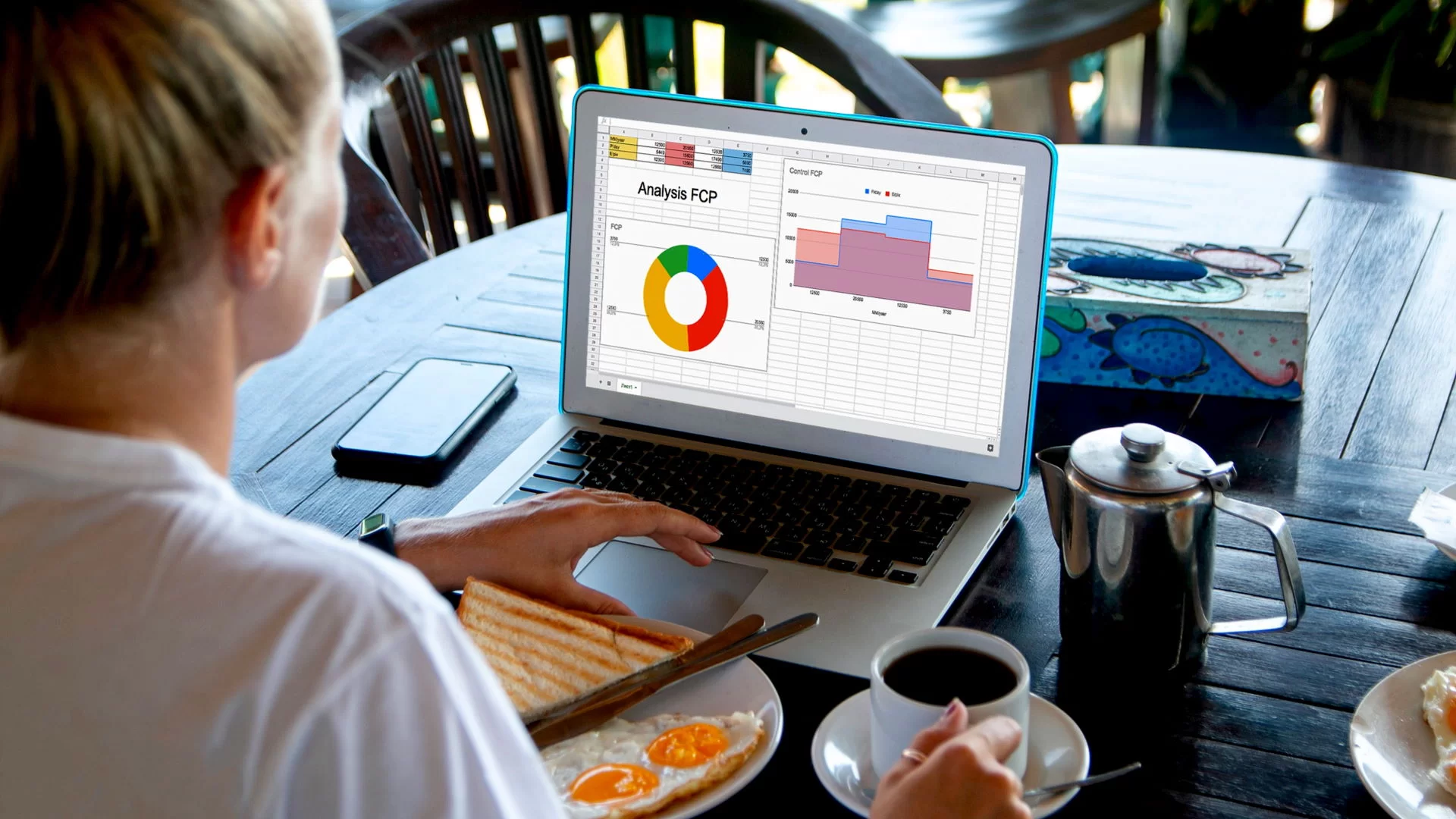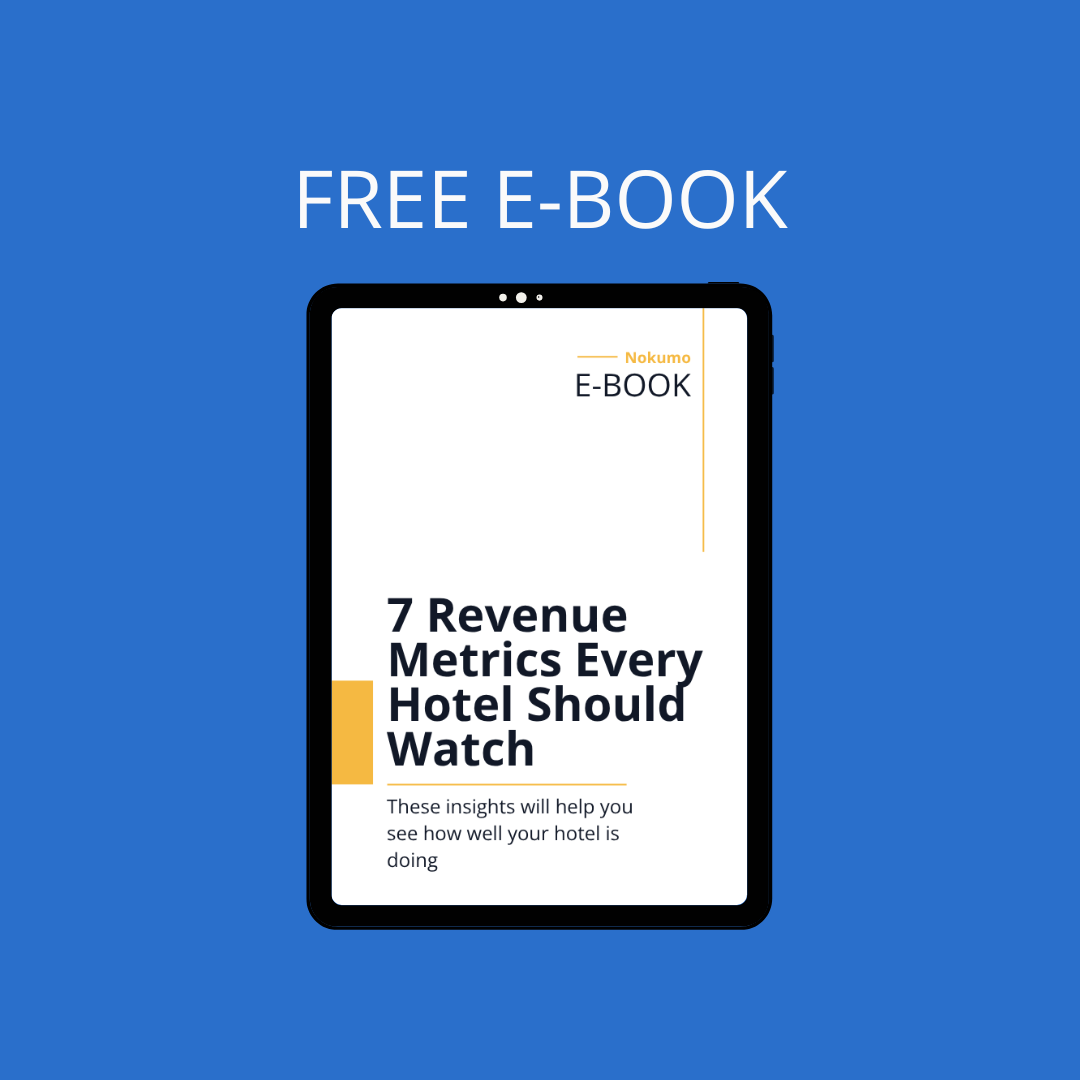Understanding Key Hotel Metrics: ADR, Occupancy, and RevPAR Explained
A practical guide to measuring and optimizing your property's financial performance with the three metrics that matter most

Running a successful property in today’s hospitality industry requires more than just great service. You need clear insights into how your business performs daily. That’s where three essential measurements come into play: average daily rate (ADR), occupancy rate, and revenue per available room (RevPAR).
These numbers act as your financial compass. ADR shows how much you earn per booked room, while occupancy reveals how many rooms you fill. Combine them, and RevPAR tells you whether you’re balancing price and demand effectively. Mastering these indicators helps you spot trends, adjust pricing, and stay ahead of competitors.
Why does this matter? Imagine charging premium rates but leaving half your rooms empty. Or filling every bed but earning less than nearby properties. Without tracking these metrics, you’re navigating blind. They highlight strengths, like high-demand seasons, and weaknesses, like underpriced weekends.
The best part? These measurements connect like puzzle pieces. Raise your ADR too fast, and occupancy might drop. Focus only on filling rooms, and revenue per available room could suffer. You’ll learn to tweak one metric without harming others. That's a skill that separates thriving properties from struggling ones.
Key Takeaways
- ADR, occupancy rate, and RevPAR form the foundation of performance analysis
- These measurements reveal pricing effectiveness and demand patterns
- Interconnected metrics require balanced adjustments for optimal results
- Regular tracking helps identify operational strengths and opportunities
- Data-driven decisions boost profitability in competitive markets
Exploring the Hotel Industry's Performance Landscape
Navigating the modern hospitality sector demands more than intuitive management, it requires precise performance tracking. Every decision you make impacts your property’s success, from pricing strategies to staff scheduling. Data-driven insights reveal what’s working and where adjustments are needed.
Your business operates in a competitive environment where even small improvements matter. Comparing your results to historical patterns shows seasonal demand shifts. Analyzing competitors helps spot gaps in your offerings. This dual perspective keeps your strategies aligned with market realities.
Modern tools track every aspect of operations. Guest satisfaction scores highlight service quality. Housekeeping efficiency reports expose workflow bottlenecks. Front desk analytics reveal booking trends. These metrics combine to paint a complete picture of your establishment’s health.
Focusing solely on financial numbers misses critical opportunities. Staff productivity and online reputation directly influence revenue. A packed lobby might look successful, but low repeat visits could signal underlying issues. Balanced evaluation prevents costly oversights.
Adapting to industry changes requires constant learning. New travel preferences emerge. Technology reshapes guest expectations. Regular data reviews help you stay agile. When you understand these interconnected factors, you position your property for sustained growth.
Overview of Key Hotel Metrics
Three numbers shape your property's financial story: average daily rate, occupancy percentage, and revenue per available room. These figures work like interconnected gears: turn one, and others respond. Master their relationship, and you unlock smarter pricing decisions.
ADR measures earnings per booked room. Occupancy shows filled capacity. Multiply them, and RevPAR reveals your revenue efficiency. But each metric alone tells half-truths. High occupancy with low rates? Strong RevPAR with empty amenities? You need all three to spot hidden issues.
Consider these factors when analyzing:
- Seasonal demand shifts affecting room rates
- Local events temporarily boosting occupancy
- Competitor pricing strategies impacting revenue per available space
Data without context misleads. A 90% occupancy sounds impressive until you learn competitors achieve 95% at higher rates. RevPAR helps compare apples-to-apples across properties. Track these weekly to catch trends early.
Limitations exist. These metrics don't measure guest satisfaction or operational costs. Pair them with customer feedback and expense reports for full visibility. When balanced correctly, they become your compass for sustainable growth in Germany's competitive market.
Decoding Average Daily Rate (ADR)
Your pricing strategy holds the key to unlocking revenue potential. ADR (average daily rate) measures what guests actually pay per occupied room. This number reveals whether you're charging too little during peak demand or missing opportunities to upsell.
Calculating ADR
Use this simple formula: Total Room Revenue ÷ Rooms Sold = ADR. Let's break it down with numbers:
|
Total Revenue |
Rooms Sold |
ADR Calculation |
Result |
|
16,554,529 EUR |
165,711 |
16,554,529 ÷ 165,711 |
99.9 EUR |
This example shows how our hypothetical property earned nearly 100 EUR per booked room last quarter. Track this weekly to spot pricing trends early.
Why ADR Matters
Three reasons make this metric essential:
- Competitive positioning: Compare your rates with similar properties
- Revenue optimization: Identify underperforming dates or room types
- Value perception: Higher ADR often reflects better amenities/services
Smart operators adjust rates using demand forecasts. A 10% ADR increase during festivals could boost profits without extra costs. But balance this carefully, because overpricing drives guests elsewhere.
Unpacking Occupancy Rate and Maximizing Room Fill
Occupancy rate acts as your property’s pulse check, showing how well you convert available space into income. Smart managers use this metric to balance pricing and guest appeal.
Occupancy Calculation
Calculate occupancy using two methods. The primary formula divides paid rooms by total available rooms. For example:
|
Available Rooms |
Occupied Rooms |
Calculation |
Result |
|
1,361 |
817 |
817 ÷ 1,361 |
60% |
Alternatively, divide RevPAR by ADR. Both methods confirm whether you’re hitting the sweet spot, and 70-95% indicates strong spatial efficiency. Rates below 60% signal untapped demand or pricing mismatches.
Improving Occupancy Strategies
Boost room fill without slashing prices. Partner with nearby businesses for corporate retreats during slow weekdays. Create themed packages around local festivals to attract event-driven travelers.
Target extended stays with discounted add-ons like free breakfasts. Use email campaigns to reactivate past guests during off-peak seasons. These tactics maintain rate integrity while filling more rooms.
Monitor demand spikes from conferences or holidays. Adjust availability early to maximize earnings. Remember: high occupancy means little if you’re undervaluing your rooms. Balance quantity and quality for lasting success.
Revenue Per Available Room (RevPAR): Driving Revenue Efficiency
The true measure of your property's financial health lies in how well you convert space into income. RevPAR combines pricing power and demand generation into one decisive figure. Unlike standalone metrics, it reveals whether you're maximizing revenue per available square meter of your operation.
Calculating RevPAR
Use two proven methods: divide total revenue from rooms by available rooms, or multiply ADR by occupancy rate. Consider this fictional property earning 232.39 EUR per night with 69.6% occupancy. Their RevPAR becomes 161.74 EUR – clear proof of balanced pricing and demand capture.
Interpreting RevPAR Results
Rising numbers signal successful strategies – either higher rates, fuller rooms, or both. Compare your revenue per available room to local competitors and historical data. For example, even a 10% boost in RevPAR can translate into significant gains—potentially adding around €25,000 in annual revenue for a 100-room property.
Track weekly trends to spot opportunities. Low weekend RevPAR? Bundle spa access. High midweek available rooms? Target business travelers. This metric helps you allocate resources where they generate maximum returns.
Conclusion and Next Steps
ADR, occupancy, and RevPAR tell one interconnected story about your property's performance, but reading about metrics won't boost your bottom line - acting on them will. What separates profitable hotels from struggling ones is treating these numbers as early warning signals, not historical curiosities. When your ADR climbs but occupancy drops 10% over two weeks, that's your pricing strategy pushing guests to competitors. When RevPAR stays flat despite rising local demand, you're missing revenue opportunities that may not come again for months.
Start simple: pull your last 90 days of data and break it down by day of the week. You'll probably discover your Tuesday RevPAR is 40% lower than Saturday numbers, revealing exactly where to focus first. Compare your rates to three direct competitors. If your ADR is consistently 15% below theirs while occupancy is only 5% higher, you're underpricing. Pick your weakest day and test a 10-15% rate increase for a month - if occupancy stays above 70%, you've found easy money.
The reality? Some weeks you'll nail the balance between high rates and strong occupancy. Other weeks you'll overcorrect and watch bookings evaporate. That's normal. Hotels that consistently outperform their markets aren't the ones that never make mistakes; they're the ones that catch problems in week one instead of month three. Your guests are comparing rates to competitors right now, so check these metrics weekly, adjust monthly, and watch your revenue efficiency climb upward.
Get the Full Revenue Metrics Handbook (Free 12-Page Guide)
Ready to go beyond the basics? Our comprehensive 12-page guide covers all seven critical revenue metrics - including advanced KPIs like RGI, GOPPAR, and NRevPAR that most hotels ignore. You'll get European benchmarks, real calculation examples, and specific performance targets for independent properties. Plus, learn how top hotels use these metrics together to outperform competitors and maximize profitability.
